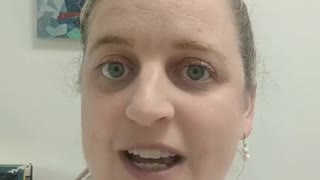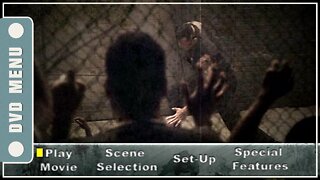Broseco Ranch Locked Up Bucks
The deer will poke around in the brushpile to get the last kernel of corn. The buck’s antlers rattle on the limbs as they eat the corn and when the antler is about to fall, the gentle jarring of the antler on wood can often cause it to fall right into the brushpile.
Over time, they will knock the brushpile down from feeding in it so you will have to throw a couple more limbs on it from time to time.
Antler traps do not replace the fun and excitement of walking the woods collecting shed antlers, they just add to it. Check your local laws regarding what’s legal in your state and consider adding the excitement of an antler trap to your late winter activities.
All these antler trap ideas so far are pretty slick. Some could be better than others. However, one pattern sure has been emerging; shed hunters love bungee cords. With this trap, go buy some hook screws, screw in one main point in a tree, pile up some logs around it, screw in some other hooks in those logs, then connect them all with bungee cords.
Each and every shed hunting season, many die-hard hunters dedicate a lot of their spare time (including week nights, weekends, and even lunch breaks) to traveling the woods and looking for shed antlers. You’re probably one of them! While shed hunting, walking mile after mile is extremely satisfying and acceptable to simply find just one shed antler. However, in the pursuit of making the process a little easier and more consistent, some folks like to employ shed antler traps on their hunting properties.
While there are plenty of sturdy metal versions you can buy today, a common homemade antler trap involves setting fence posts or cattle panels closely around a feeder so deer have to stick their heads into the area to feed. They may bump them while eating, but they aren’t very likely to knock their antlers off, the reason why will be explained later.
Bedding and feeding areas are the two best places to find shed antlers because that’s where whitetails spend most of their days and nights, respectively. They also might lose them along travel corridors between these two areas. But due to probability alone, they are just most likely to be in one of those two areas when their bodies finally reach the hormonal threshold to shed their antlers.
Bucks have two pedicles on their skull – think of them like the bases or seeds that grow a new antler each year. When whitetails eat your nutritious food plots and consume those wonderful minerals you place at mineral sites, their antlers grow and harden throughout the summer. But as winter wears on, their changing hormones as a result of photoperiod cues start to trigger the buck’s pedicles to dissolve minerals along what’s called the abscission line. As their bodies re-absorb the minerals, this layer weakens and becomes a little crumbly – this forms the roughly spherical base you find at the ends of your shed antlers.
-
 15:59
15:59
Jimmy Houston Outdoors
1 year agoYard Bucks at the Ranch
91 -
 16:20
16:20
Jimmy Houston Outdoors
1 year agoBegging for Attention! House Bucks on the Ranch
12 -
 1:21
1:21
Big Dog Report
1 year agoShipping Containers Locked Out.
811 -
 1:37
1:37
DVD Menus
1 year agoLocked Down - DVD Menu
2.86K -
 12:00
12:00
Dr. Eric Berg
1 day agoWhat Exercise Burns the Most Calories?
6.76K28 -
 4:48:29
4:48:29
LumpyPotatoX2
5 hours ago$10,000 PUBG Tournament w/GamersError - #RumbleTakeover
6.19K2 -
 3:22
3:22
One Bite Pizza Reviews
2 days agoBarstool Pizza Review - Marco Pizzeria & Restaurant (Branford, CT)
12K19 -
 41:46
41:46
Standpoint with Gabe Groisman
10 hours agoEp. 27. From GameStop to the NBA. Gabe Plotkin
14.3K3 -
 55:04
55:04
Matt Kohrs
7 hours agoThe Volatile Week Ahead || The MK Show
30K10 -
 26:18
26:18
Stephen Gardner
6 hours agoTop Republican UNLOADS on Democrats and Biden's MENTAL HEALTH!!
37.5K57